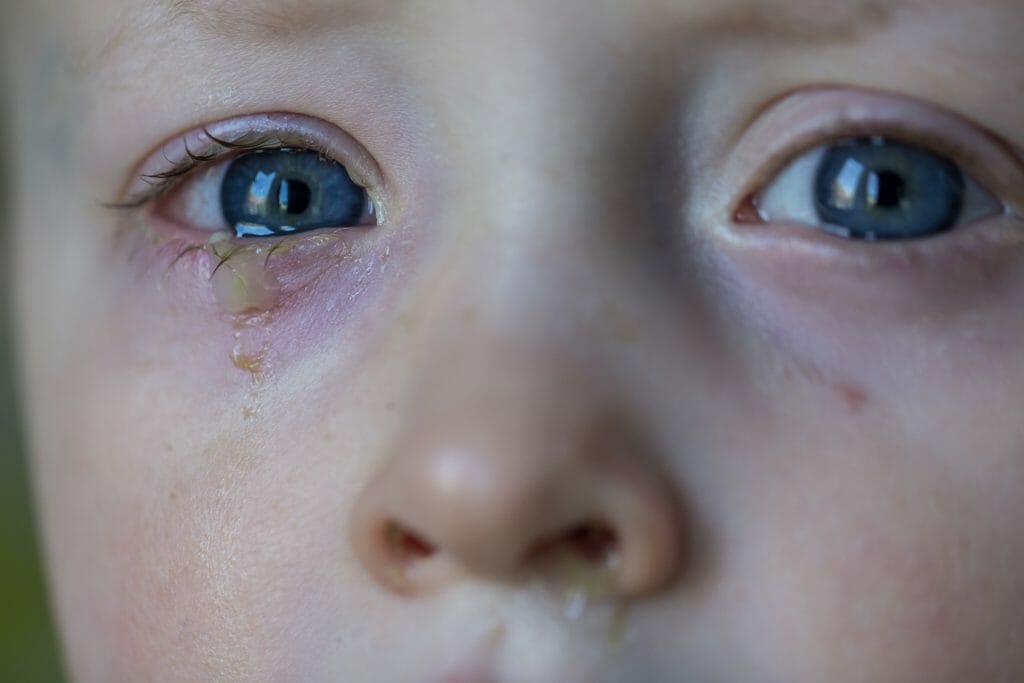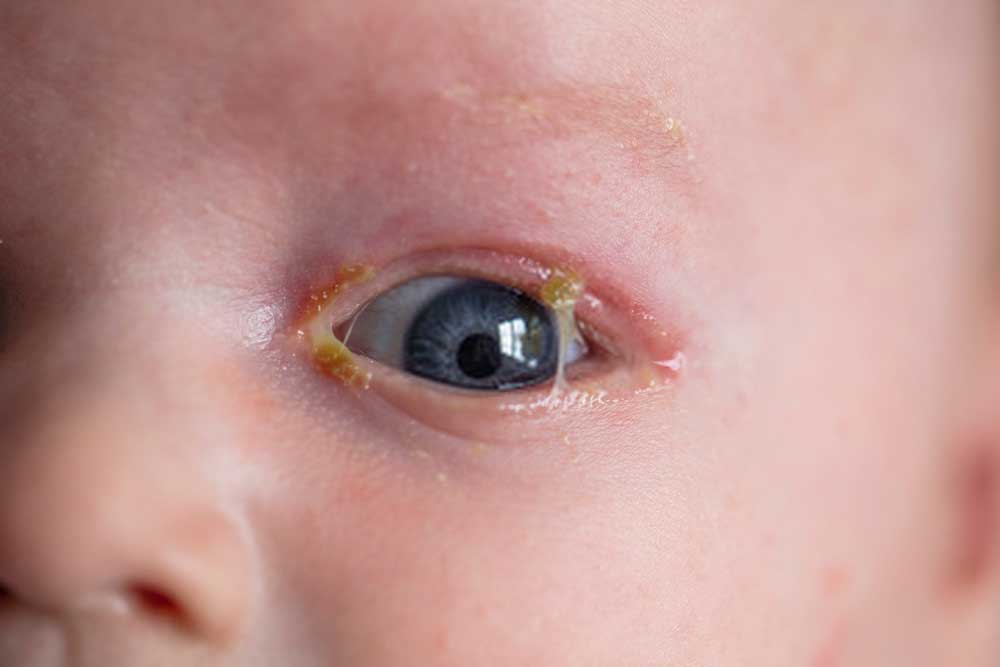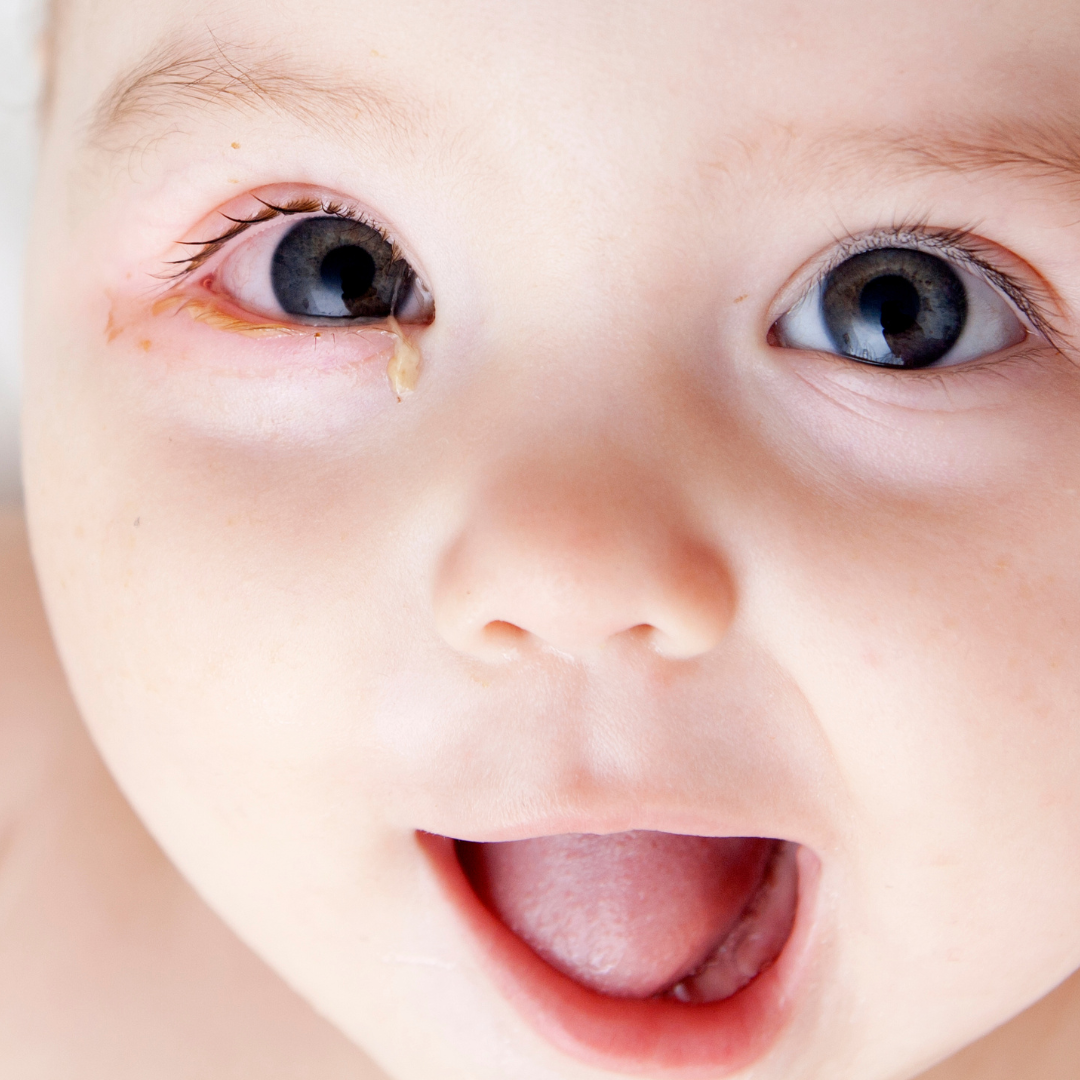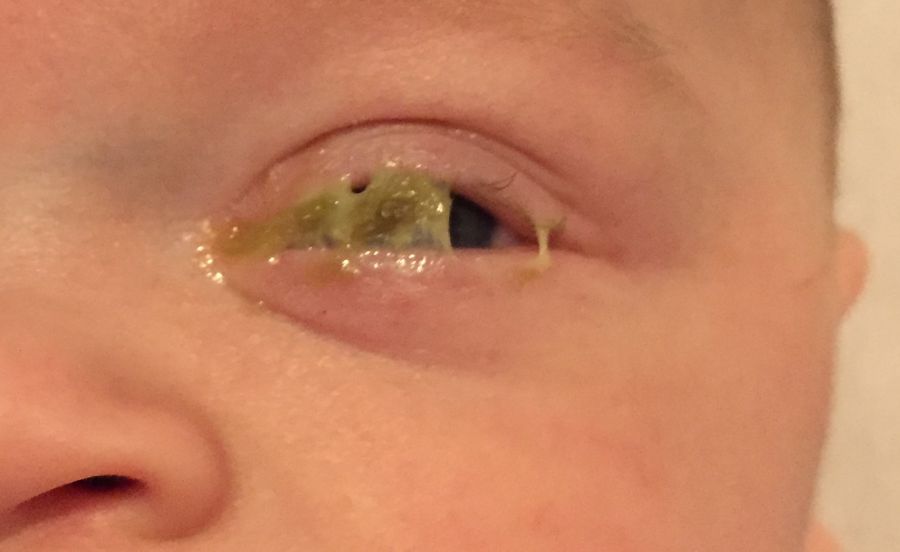5 Month Old Eye Discharge
5 Month Old Eye Discharge - Seek medical attention for your baby’s eye discharge if it persists for more than a few days or is. Common causes of baby eye discharge include bacterial or viral infections, blocked tear ducts, and irritants such as dust or smoke. Identifying the type of eye discharge is important in determining the cause and. Toddler eye discharge normally appears as a yellowish, sticky, crusty, substance that can sometimes make your eyes feel like they have been glued shut. Eye discharge is a common problem for toddlers, who may touch their eyes with dirty hands, spreading irritants, viruses, and bacteria. Eye discharge often occurs due to a blocked tear duct, allergies or a viral infection — which can usually be treated at home. The discharge usually gets better with. It can be temporary—such as when you wake up in the morning—or. Eye discharge in toddlers and babies is common and usually harmless. Signs that your baby’s eye discharge may be a concern include redness, swelling, and yellow or green discharge.
Eye discharge often occurs due to a blocked tear duct, allergies or a viral infection — which can usually be treated at home. Identifying the type of eye discharge is important in determining the cause and. Seek medical attention for your baby’s eye discharge if it persists for more than a few days or is. Eye discharge is a common problem for toddlers, who may touch their eyes with dirty hands, spreading irritants, viruses, and bacteria. Common causes of baby eye discharge include bacterial or viral infections, blocked tear ducts, and irritants such as dust or smoke. Signs that your baby’s eye discharge may be a concern include redness, swelling, and yellow or green discharge. Eye discharge in toddlers and babies is common and usually harmless. It can be temporary—such as when you wake up in the morning—or. Toddler eye discharge normally appears as a yellowish, sticky, crusty, substance that can sometimes make your eyes feel like they have been glued shut. The discharge usually gets better with.
Eye discharge often occurs due to a blocked tear duct, allergies or a viral infection — which can usually be treated at home. Common causes of baby eye discharge include bacterial or viral infections, blocked tear ducts, and irritants such as dust or smoke. Eye discharge in toddlers and babies is common and usually harmless. Eye discharge is a common problem for toddlers, who may touch their eyes with dirty hands, spreading irritants, viruses, and bacteria. The discharge usually gets better with. It can be temporary—such as when you wake up in the morning—or. Seek medical attention for your baby’s eye discharge if it persists for more than a few days or is. Identifying the type of eye discharge is important in determining the cause and. Signs that your baby’s eye discharge may be a concern include redness, swelling, and yellow or green discharge. Toddler eye discharge normally appears as a yellowish, sticky, crusty, substance that can sometimes make your eyes feel like they have been glued shut.
When Should I Take My Baby to the Doctor for Eye Discharge? TheraLife
Eye discharge often occurs due to a blocked tear duct, allergies or a viral infection — which can usually be treated at home. Identifying the type of eye discharge is important in determining the cause and. Common causes of baby eye discharge include bacterial or viral infections, blocked tear ducts, and irritants such as dust or smoke. Signs that your.
The white of my baby's eye is pink. Could he have conjunctivitis
Eye discharge often occurs due to a blocked tear duct, allergies or a viral infection — which can usually be treated at home. It can be temporary—such as when you wake up in the morning—or. Signs that your baby’s eye discharge may be a concern include redness, swelling, and yellow or green discharge. The discharge usually gets better with. Common.
Baby Eyes With Tears
It can be temporary—such as when you wake up in the morning—or. Signs that your baby’s eye discharge may be a concern include redness, swelling, and yellow or green discharge. Eye discharge in toddlers and babies is common and usually harmless. Eye discharge is a common problem for toddlers, who may touch their eyes with dirty hands, spreading irritants, viruses,.
Pinkeye — THE PEDIATRICIAN MOM
Common causes of baby eye discharge include bacterial or viral infections, blocked tear ducts, and irritants such as dust or smoke. It can be temporary—such as when you wake up in the morning—or. Eye discharge in toddlers and babies is common and usually harmless. Identifying the type of eye discharge is important in determining the cause and. The discharge usually.
5 month old,Eye reaction YouTube
Identifying the type of eye discharge is important in determining the cause and. The discharge usually gets better with. Eye discharge often occurs due to a blocked tear duct, allergies or a viral infection — which can usually be treated at home. Eye discharge is a common problem for toddlers, who may touch their eyes with dirty hands, spreading irritants,.
Week Old Gunky Eye Online Sellers
Eye discharge often occurs due to a blocked tear duct, allergies or a viral infection — which can usually be treated at home. Eye discharge is a common problem for toddlers, who may touch their eyes with dirty hands, spreading irritants, viruses, and bacteria. Eye discharge in toddlers and babies is common and usually harmless. Common causes of baby eye.
علت قی کردن چشمها چیست؟
Seek medical attention for your baby’s eye discharge if it persists for more than a few days or is. It can be temporary—such as when you wake up in the morning—or. Common causes of baby eye discharge include bacterial or viral infections, blocked tear ducts, and irritants such as dust or smoke. The discharge usually gets better with. Eye discharge.
Eye discharge in a toddler Causes and treatments
Signs that your baby’s eye discharge may be a concern include redness, swelling, and yellow or green discharge. Common causes of baby eye discharge include bacterial or viral infections, blocked tear ducts, and irritants such as dust or smoke. Identifying the type of eye discharge is important in determining the cause and. Eye discharge is a common problem for toddlers,.
Acute conjunctivitis & discharge from child's eye Stock Image M155
Eye discharge in toddlers and babies is common and usually harmless. The discharge usually gets better with. Common causes of baby eye discharge include bacterial or viral infections, blocked tear ducts, and irritants such as dust or smoke. Eye discharge is a common problem for toddlers, who may touch their eyes with dirty hands, spreading irritants, viruses, and bacteria. Seek.
8 steps to deal with your canine’s inexperienced eye discharge at
It can be temporary—such as when you wake up in the morning—or. Common causes of baby eye discharge include bacterial or viral infections, blocked tear ducts, and irritants such as dust or smoke. Eye discharge is a common problem for toddlers, who may touch their eyes with dirty hands, spreading irritants, viruses, and bacteria. The discharge usually gets better with..
Seek Medical Attention For Your Baby’s Eye Discharge If It Persists For More Than A Few Days Or Is.
Common causes of baby eye discharge include bacterial or viral infections, blocked tear ducts, and irritants such as dust or smoke. Eye discharge often occurs due to a blocked tear duct, allergies or a viral infection — which can usually be treated at home. It can be temporary—such as when you wake up in the morning—or. The discharge usually gets better with.
Toddler Eye Discharge Normally Appears As A Yellowish, Sticky, Crusty, Substance That Can Sometimes Make Your Eyes Feel Like They Have Been Glued Shut.
Identifying the type of eye discharge is important in determining the cause and. Eye discharge is a common problem for toddlers, who may touch their eyes with dirty hands, spreading irritants, viruses, and bacteria. Signs that your baby’s eye discharge may be a concern include redness, swelling, and yellow or green discharge. Eye discharge in toddlers and babies is common and usually harmless.









